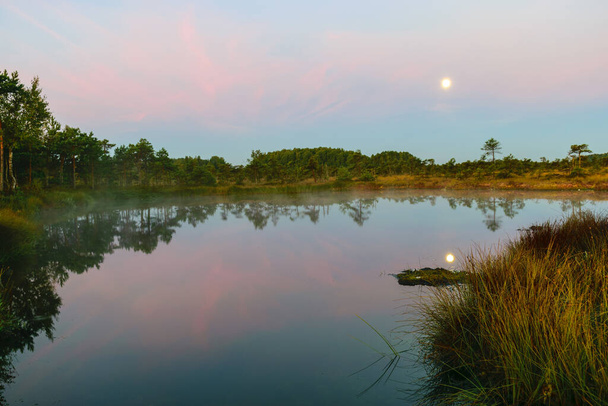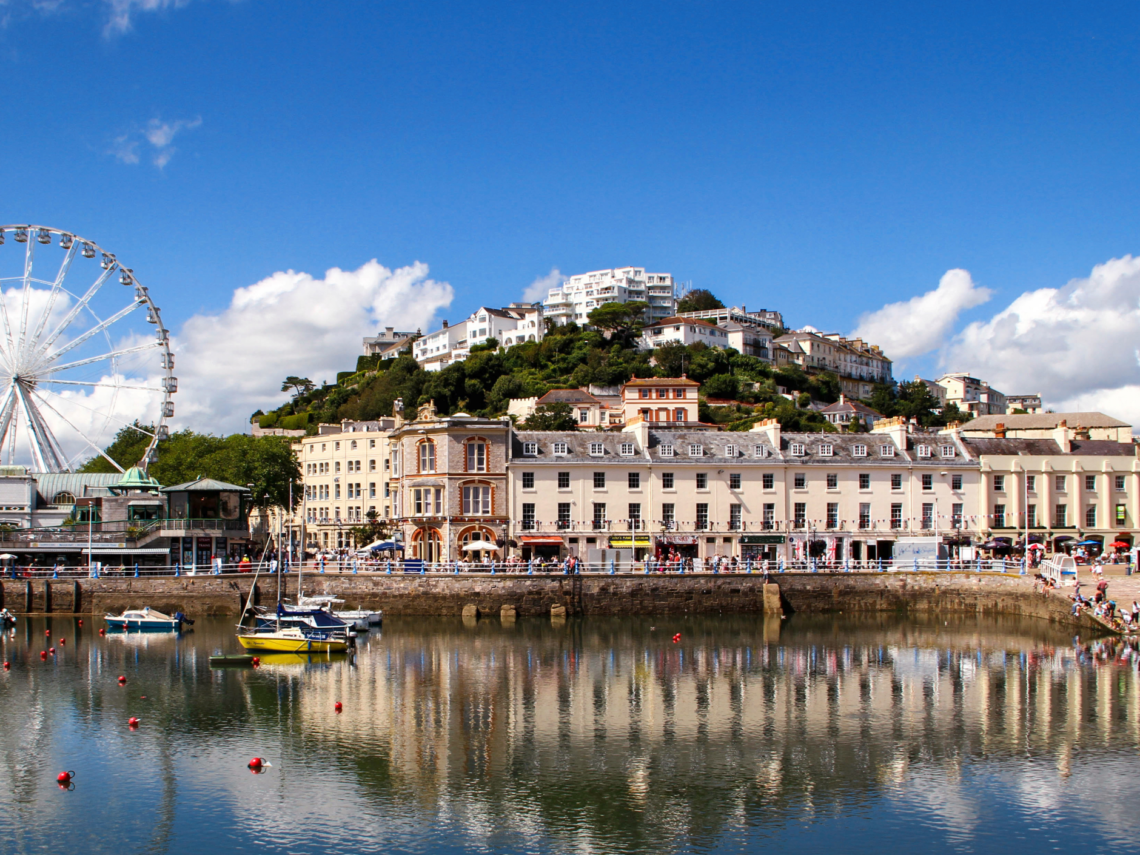The Great Swale Path, Chapter 2
Approaching Sertia by ferry from Nofoaga is not necessarily a straightforward route. Between the two islands lie three active underwater volcanoes which must be avoided because they were in the process of forming their own island.
Luckily, however, this route means that the ferries must hug the Sertian coast for about two hours. This offered a lovely view of the Sertian island, which for many of us on the ferry was our first time seeing Sertia from this close.
I was able to finally see why I was going to walk the Great Swale Path, not the "Great Mountain Path", or even more preferably the "Great Path with Lots of Cheap and Delicious Restaurants".
To the North of the Sertian island lies a large, ancient marsh known as Tremaras. At one time, about 250,000 years ago, it is thought that Tremaras covered what made up most of the Sertian Empire. Now, due to dredging and building, Tremaras stretches from the capital of Hemberdale to the city of Plariaras, where it is briefly interrupted, then continues around the stretch of coast nearest the West Olves.
Tremaras is vast, and scant of anything naturally taller than a cattail. The villages within the marsh are elevated by stone or wood planks spare the areas where the boats are launched. Houses are built level with these long, surprisingly wide footpaths, in a circular fashion, many of them having roofs of terracotta or the like. Between the villages of Tremaras that we passed, there was nothing to be seen but wilderness and the sound of the sea.
Then, suddenly dominating our view from behind the planks of the village, were the old stone ruins of a Sertian castle. Candalyyth, I heard people murmur. It was a lonely, ominous figure. Hardly anything was left of its foundations except for a tall, thin watchtower partially submerged in the marsh. The highest window of the watchtower reflected no light from inside. A slight drip, drip, drip could be heard echoing from its depths.

Even after the castle faded from view, all of us on the ferry were left with an obligation to reflect on the times that have been lost to us. It's always a strange feeling, when you see something that you can't touch, but was once so significant. Unspoilt by our sight, Candalyyth sits in its glory, the master and the lady of the castle lying, perhaps, comfortably inside.
The marsh eventually receded and the outskirts of Plariaras began on the other side of a hill. Sertian homes are miniscule. Realising that they didn't have enough money to build regularly-sized homes for all of the residents of Plariaras, the Braetha decided that in order to give everyone the best quality homes, they would limit the size of publicly-funded houses to one room for every family. Thus, whilst the houses were of the quality you might see in a wealthier part of Europe, they were far too small for me to imagine anyone living inside of them. Some people had built conservatories or extra rooms on the side, but that appeared to be a privilege.
More and more buildings came into view as we approached the port of Plariaras. Yellow, green, and red painted stone buildings, and an absolute cacophony of noise greeted us.








